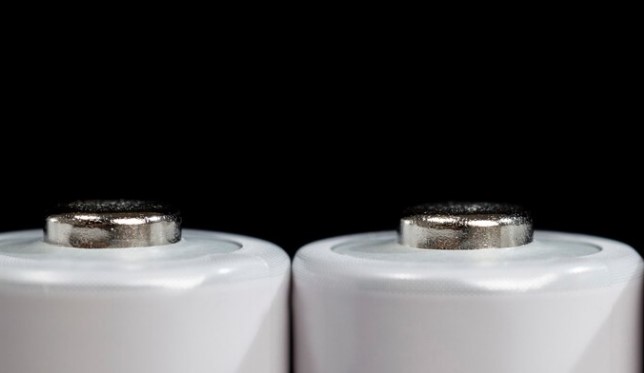When you’re setting up your dream home theater system, every detail counts. High-definition visuals are only half of the experience; sublime surround sound can elevate your cinematic adventures to new heights. But behind every great sound system, there’s always a tangle of wires. In the world of home audio, coaxial speaker cable is a workhorse that might just be the unsung hero of your setup. If you’re ready to take your sound from ordinary to extraordinary, this guide will break down everything you need to appreciate and use coaxial speaker cable effectively. Whether you’re an avid audiophile or a new enthusiast, read on to learn the ins and outs of coaxial technology.
What Exactly Is Coaxial Speaker Cable?
Coaxial cable, often shortened to just ‘coax,’ is an electrical cable that has an inner conductor, an insulating layer, a conductive shield, and an outer insulating layer. The coaxial design carries a high-frequency electrical signal with low losses.
In the realm of home audio, we use coaxial cable to transmit high-fidelity audio signals from an amplifier or receiver to a speaker. Unlike conventional speaker wire with just two conductors, coaxial cables have center conductors, usually a solid wire or a stranded cable, which is surrounded by an insulating material and a metal tube or braid. This configuration ensures that the electromagnetic field of the incoming signal is enclosed within the cable.
Understanding the Fuse of Sound and Quality
Audio quality is a direct reflection of the components and their ability to transfer the electric signal as cleanly as possible from source to speaker. Coaxial cable contributes to this quality in several ways. The cable’s design minimizes the potential for electromagnetic interference, ensuring that you hear sound with the clarity and fidelity intended by the audio engineer.
In terms of construction, coaxial cables are often built with thicker, high-quality materials that offer better insulation and shielding. The result is that coaxial speaker cables can generally carry more power, which is crucial when dealing with the high wattages found in home theater systems.
Pairing With the Right Speakers
While coaxial cables are designed to enhance audio quality and reduce potential interference, they can only do so much if not paired with the right gear. Make sure that your speakers and audio devices are compatible with coaxial connections. High-end speakers often come with multiple input options, including coaxial, which is a sign that they are designed to work optimally with coaxial cables.
It’s also essential to consider the length of the cable. Long cable runs can degrade the signal, but coaxial designs are more resilient than regular speaker wire. Still, it’s wise to keep your cable lengths as short as reasonably possible without compromising your setup.
Proper Installation Techniques
Installation is where the rubber meets the road for any speaker system. Even the best coaxial cables won’t perform up to par if they’re not installed correctly. When laying out your speaker cables, keep them separate from power cables to avoid potential interference. If crossing power lines is unavoidable, try to do so at a 90-degree angle to minimize electromagnetic field coupling.
Similarly, be mindful of sharp bends or kinks, especially with higher gauge and heavier cables. Coaxial cables are generally more robust and less prone to signal loss from kinks, but they can still be affected.
Terminating the cables is the final step. Use connectors that are appropriate for coaxial speaker cable and attach them securely to the wire. Loose connections can lead to signal loss and poor audio quality.
Troubleshooting and Maintenance
Despite your best efforts, audio systems can still experience issues. If you notice any degradation in sound quality, or if the sound system fails to perform as expected, consider the cable as a potential culprit. Inspect the cables for any visible damage, and check all connections to ensure they are secure.
Regular maintenance can also extend the life and performance of your coaxial cables. Dust and debris can accumulate over time, so periodically clean the connectors and ensure the cables are not pinched or bent.
The Price of Quality
Finally, it’s worth addressing the cost. High-quality coaxial cables are not the cheapest option on the market, but they are worth the investment if you want the best sound quality from your home theater. Quality coaxial cables are durable and provide a reliable connection, ensuring your investment in audio equipment isn’t wasted on subpar wiring.
When considering the cost, remember that the speaker cables are as important as the speakers themselves. Investing in higher-grade cables can make a noticeable difference in sound quality, offering a more immersive experience that’s well worth the additional cost.
The Verdict: Coaxial Cable for Audiophiles
Coaxial speaker cables may seem like a minor detail in the grand scheme of setting up a home theater system, but they play a crucial role in delivering the best audio experience. From their ability to carry high-power signals to their superior shielding, coaxial cables are a preferred choice for many serious about home audio.
Choosing the right coaxial cable, installing it correctly, and maintaining your system can make a significant difference in the sound quality you achieve. Take the time to understand this component of your home audio setup, and your efforts will be rewarded with rich, clear sound that brings your entertainment to life.
Remember, in the world of sound, every detail counts. Coaxial speaker cables are a detail worth getting right.



